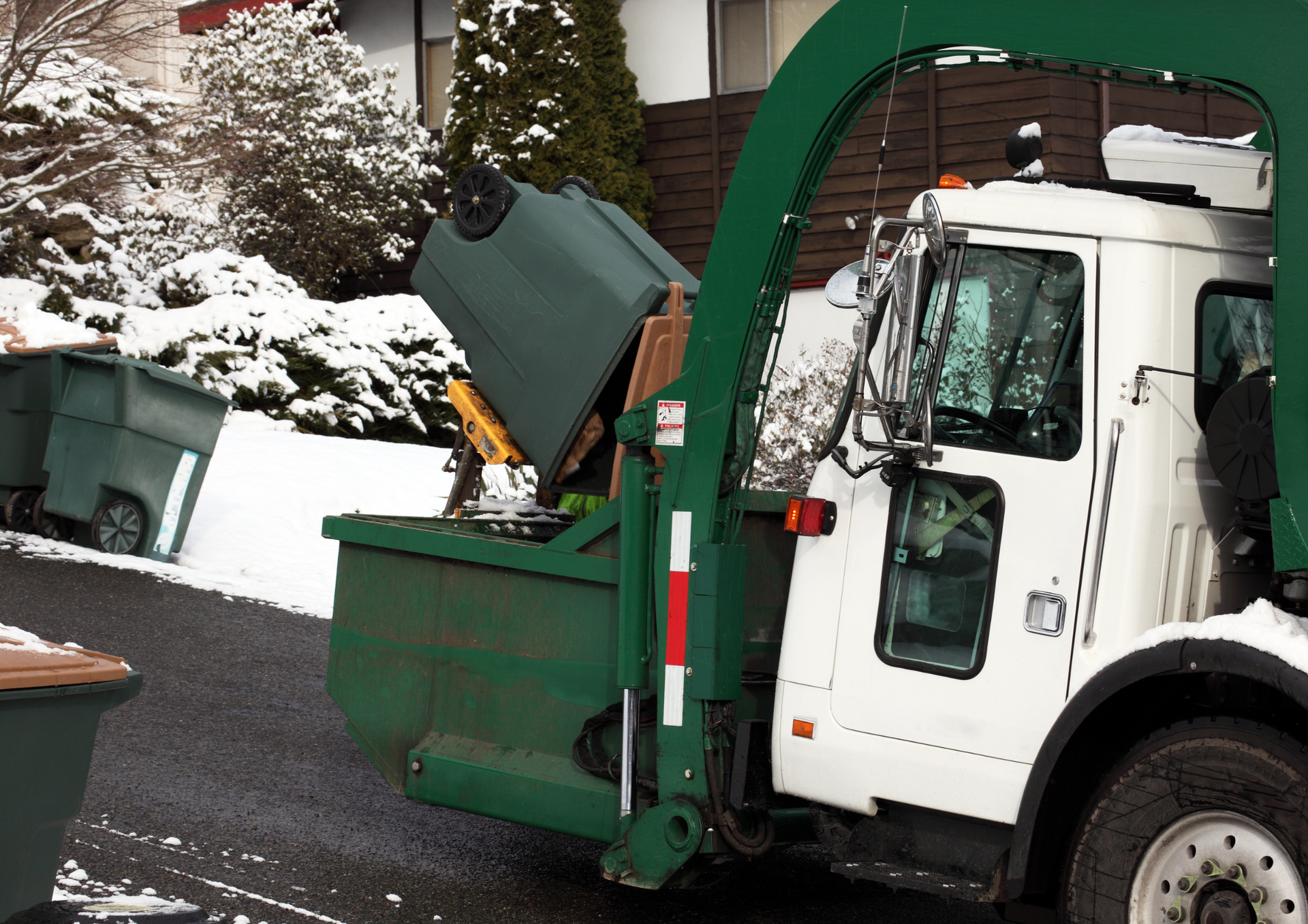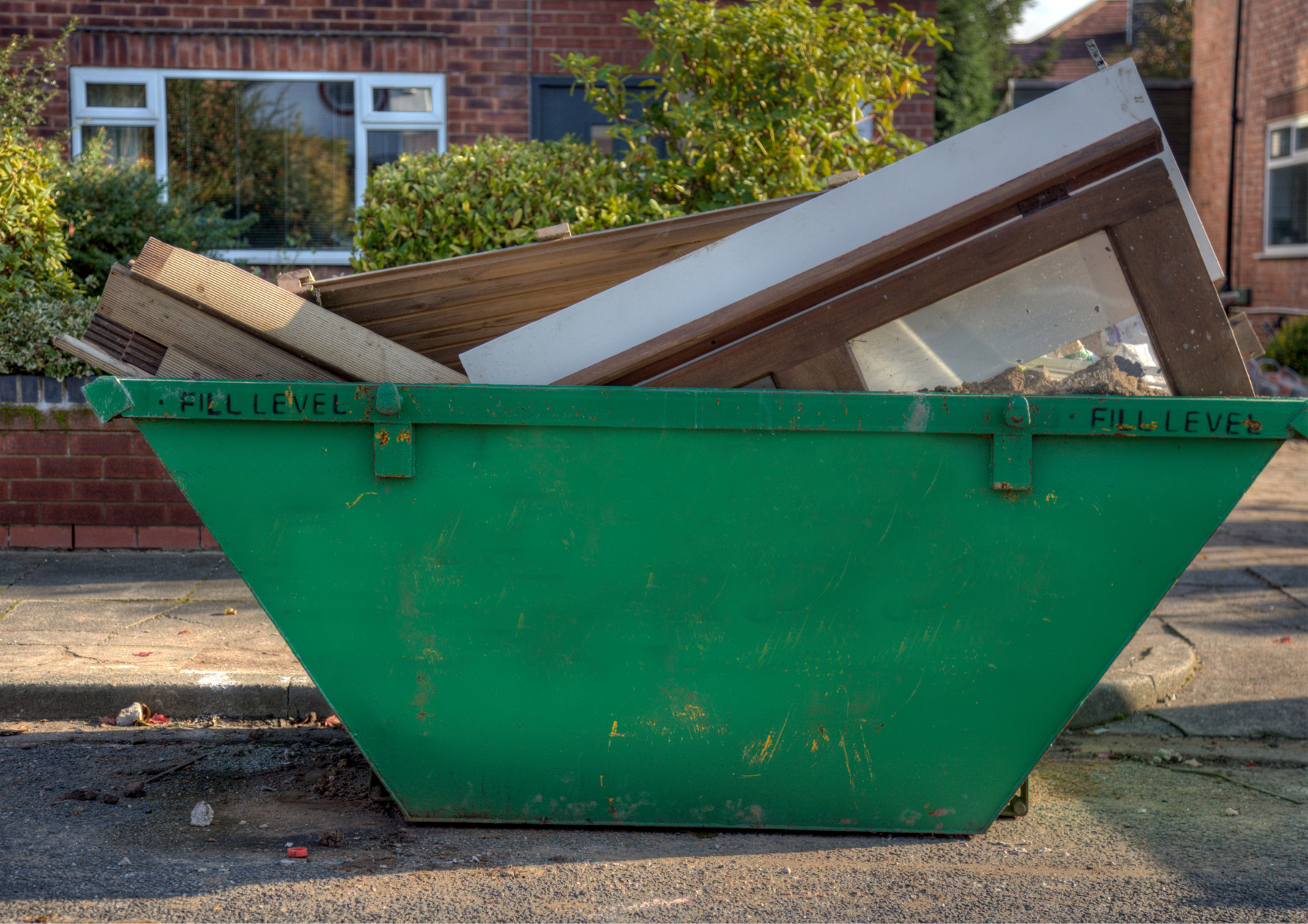Builders Skip Rules: What You Can and Cannot Safely Dispose Of
When undertaking construction, renovation, or large-scale clearouts, managing waste efficiently is essential. It is a practical solution for disposing of unwanted materials, helping to keep your site safe and organised. However, knowing what can and cannot be placed in a skip is crucial to avoid fines, additional costs, or potential hazards.
Understanding Builders Skip Limitations
Builders skips are designed to handle general construction waste, such as wood, bricks, concrete, metal, and plasterboard. These materials are heavy, bulky, and safe for skip collection and landfill processing. However, hazardous or restricted items cannot be placed in skips. For instance, asbestos, chemicals, paints, solvents, tyres, and certain electronic items require special disposal methods. Failing to follow these regulations can lead to legal complications and extra charges. Understanding the limitations ensures your project remains compliant and your waste management runs smoothly.
Choosing the Right Skip Size
Selecting the correct builders skip size is essential for efficiency and cost-effectiveness. Skips range from small 2-yard mini skips, ideal for garden waste or minor home renovations, to large 12-yard skips suitable for full-scale construction projects. A properly sized skip prevents overfilling and reduces the risk of spillage or rejected collections. If you’re unsure about your project’s waste volume, it’s better to consult with a professional skip provider who can recommend the right option based on your needs.
Calculating Builders Skip Cost
The builders skip cost varies depending on the size, type of waste, and duration of hire. Additional factors such as permits for placing a skip on public land or restricted access areas can affect the price.
Comparing quotes from different skip builders ensures you receive competitive pricing without compromising service quality. Remember, a well-planned skip avoids unnecessary expenses and ensures your waste disposal process is stress-free.
Practical Tips for Efficient Skip Use
To make the most of your builders skip, segregate waste whenever possible. Heavy materials like bricks and concrete should go in the skip’s base, while lighter items can be placed on top. Avoid overloading the skip or placing prohibited items inside.
For businesses managing office clearouts, landscapers, or event organisers, consider scheduling collection at the end of the project to maintain site accessibility. Proper planning not only ensures a safer environment for everyone on-site but can also help manage the builders skip price more effectively.
A
builders skip
is an invaluable tool for construction, renovation, or large-scale cleanouts, but knowing what can and can’t go in it is key to a smooth, cost-effective process. By understanding sizes, costs, and regulations, you can streamline waste management and avoid unnecessary complications. Proper planning and adherence to guidelines make your project safer, more efficient, and environmentally responsible.
At
Skip Hire Loughborough, we provide professional, reliable, and tailored skip services. Our team ensures that you get the right
skip size for your project, transparent pricing, and guidance on safe disposal. Whether you’re a homeowner, business, landscaper, or event organiser, we make waste management hassle-free, helping your project stay on track while keeping you compliant with local regulations. Trust us for a stress-free, efficient, and responsible waste disposal solution.
Latest post: Builders skip guide – safe disposal rules you must follow!




